Community Science
Citizen Science is a phrase that has commonly been used to describe science that is conducted by ‘non-scientists’ in a community. However, the phrase Community Science is now being used to describe these activities, as it is not only citizens who conduct this important work!

You may be wondering… why should I get involved in community science? Well, there are several benefits to you and your community!
- Builds stronger relationships between the public and scientists and increases engagement and knowledge of scientific research methods.
- Helps with conservation efforts where funding is limited or challenging to secure.
- Allows for research at a larger scale by involving many participants and in some cases, different parts of the country or the world.
- It taps into new perspectives and sources of information.
- Provides scientists with an understanding of current issues in society and in their local community.
- Allows for development of new scientific methods.
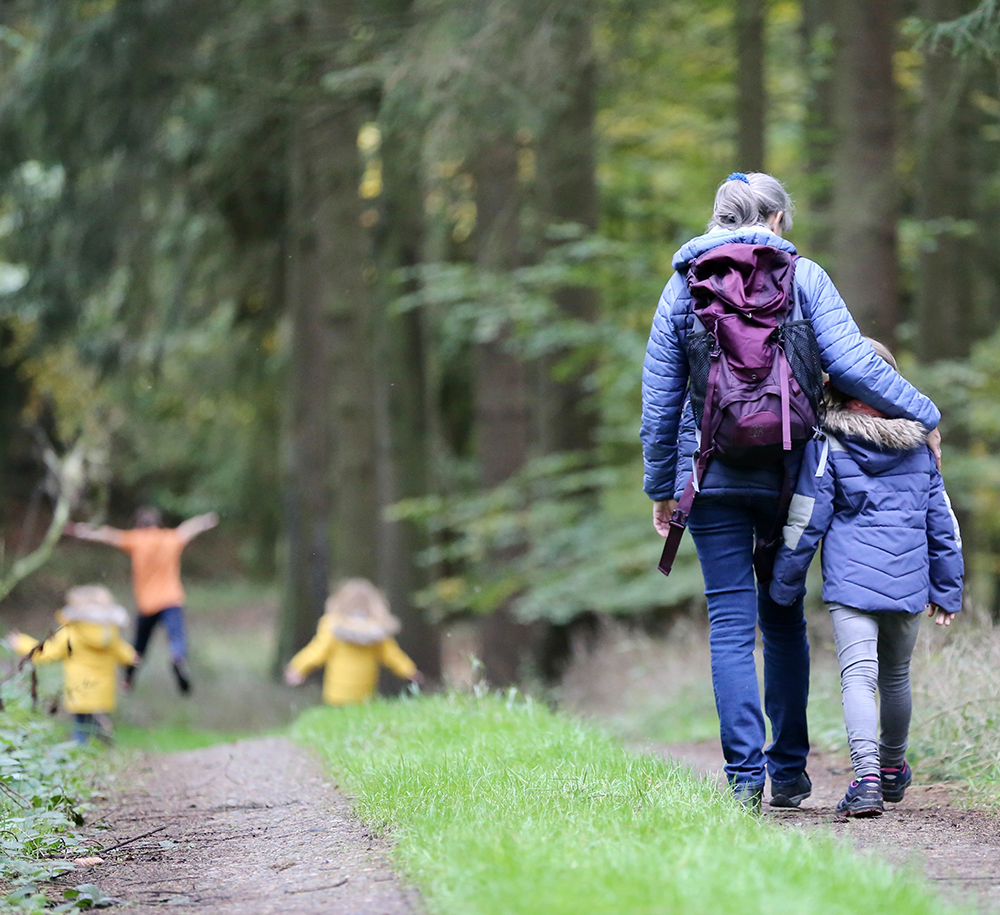
Here are a few other safety reminders for exploring outdoors:
- Try not to go alone – if you do, tell someone where you’re going and when you plan to return
- Watch children closely
- Don’t wade into ponds or marshes – you’ll scare animals, and you may slip and fall
- Leave dogs at home because they’ll frighten away any amphibians or reptiles – if you do bring one along, have it on a leash
- Have a first aid kit in the car and a change of clothes in case you get wet
- Watch for stinging insects – bring your sting kit along if you have an allergy
Before getting out in nature it is important to remember these guidelines:
- All wildlife in B.C. is protected under the BC Wildlife Act and it is illegal to capture, move, harm or kill them.
- Be respectful while exploring nature. Remember to never leave attractants such as food or wrappers in the field. Pack out what you pack in.
- Be mindful of where you are stepping and try to remain on trails as much as possible, you never know where wildlife may be hiding.
- Do not pick up or move wildlife to photograph, strive to take in-situ photographs instead, or alternatively use binoculars to observe wildlife from afar.
- Be careful! Sometimes we get caught up in an amazing moment in nature and we forget to look where we are going! Watch your step and always be aware of your surroundings.
- Be aware that you may be in bear or cougar country. Pack bear spray and ensure you know how to safely carry it, deploy it and stow it.
How to Report Incidental Observations
Incidental Observations are casual wildlife sightings that happen when you’re outside – hiking, camping, swimming, driving, etc.
Spotting a species in the “right place at the right time” can have a far-reaching effect. Knowing what species are present in different locations helps identify areas that are important (e.g. breeding sites, hibernation sites, migration routes, etc.), which also helps to improve conservation efforts. Incidental observations can also be helpful in determining the spread of invasive species across the province.
If you would like to report your Incidental Observation(s), there are a few things you can record:
- Your name – this is required for the Conservation Data Centre (responsible for mapping and accessing extinction risk of a species and ecosystem in BC) to use your observation.
- The species you observed - include photographs from different angles just in case your identification is incorrect! You can also send your photo to bcfrogwatch@victoria1.gov.bc.ca to get help with identification.
- List how many animals, eggs or egg masses you observed.
- Location – take GPS coordinates if you can, the compass app on iPhone/Android has latitude and longitude capabilities when your location is turned on. Alternatively take note of the approximate location (Trail name, street name) and determine the coordinates when you are home.
Submit your incidental observations to iNaturalist or Seek
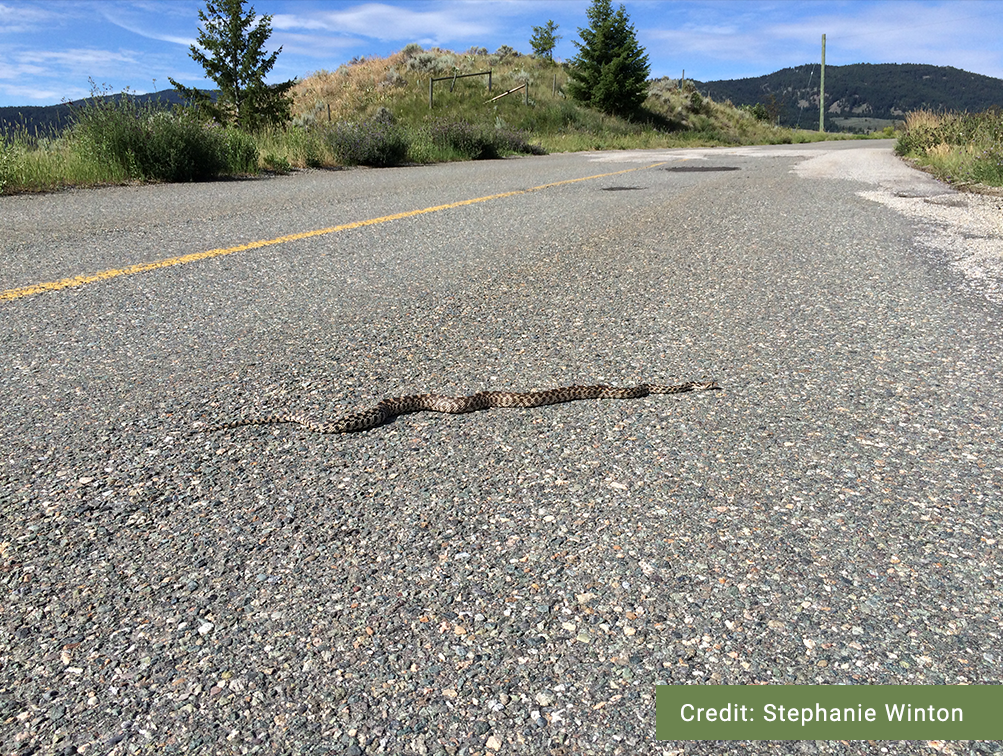
If you have encountered alive or dead amphibians or reptiles on a road in Canada:
You can report your observations to the road monitoring project run by the Canadian Herpetological Society on iNaturalist.
Click below for more information.
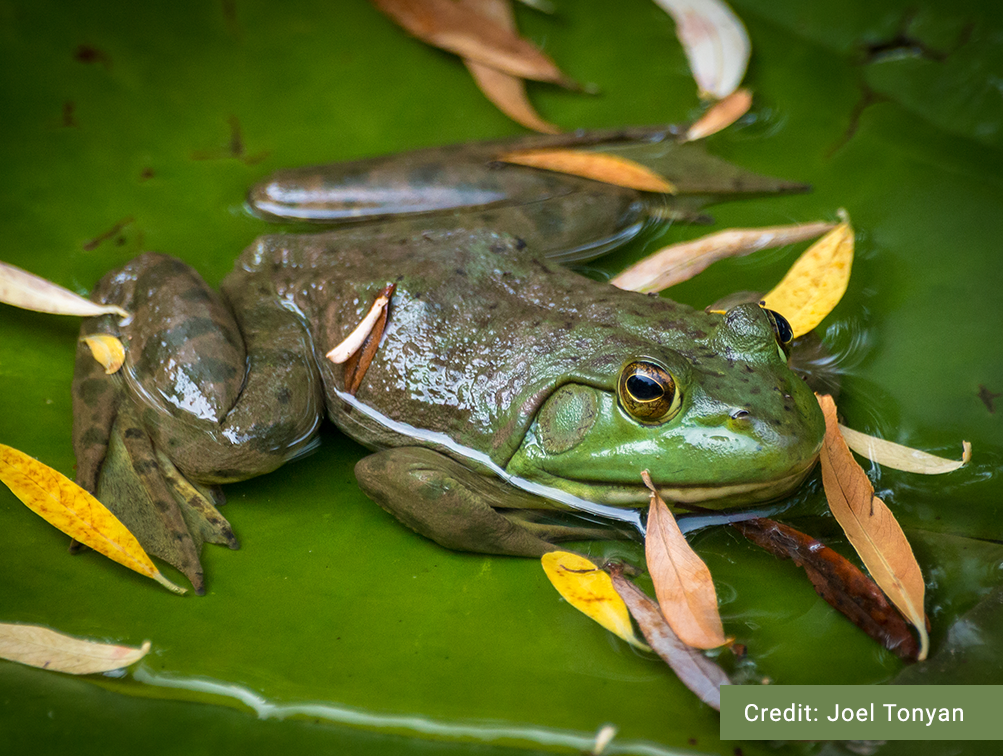
If you have encountered an invasive species in B.C.:
Please report it using a free reporting app on your Android or iPhone/iPad. Alternatively, if you do not have a smartphone, you can report your observation using an online form. Click below for more information.
If you live in the Kootenay/Boundary region in southern BC and observe a bullfrog, please email kootenaybullfrog@gov.bc.ca
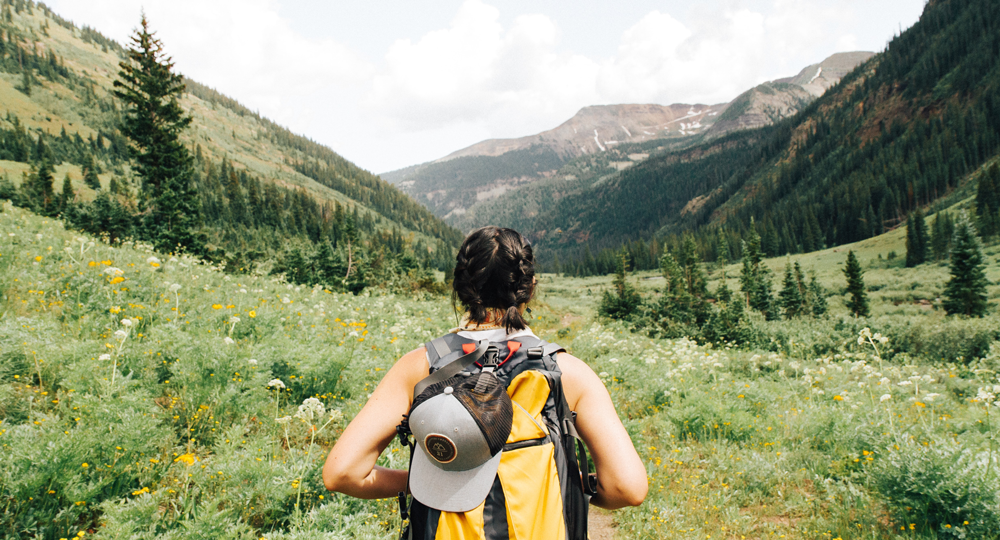
Additional Resources
Here are some resources to help you identify what you've found:
Record Your Sightings
Community science smartphone apps are becoming increasingly popular and can be an excellent way to contribute to science and learn more about your surroundings. Below is a list of some apps and websites that are particularly useful in reporting amphibian and reptile sightings and information.

iNaturalist is a free app that can be used to share observations of wildlife across the globe. It is used by naturalists, community scientists, students, educators, and scientists. iNaturalist can also be accessed via its website (For Canadian users).
- You must be 13+ to sign up for an iNaturalist account. For younger users, consider using the app Seek by iNaturalist, or alternatively opt for a hands-on approach using a field notebook and guidebooks.
- You can join projects on iNaturalist and contribute to ongoing research or provide observations where there is a need. An example of an important project on iNaturalist for amphibians and reptiles in Canada is the Canadian Herpetological Society page for amphibians and reptiles on roads. You can report observations here.
- Using iNaturalist you can encourage your community, class, naturalist group etc., to run a Bioblitz. A Bioblitz is an effort run by people in a community to record as many species as possible within a certain location and set time period. Bioblitz events can be incredibly helpful in informing future science and conservation and are a great way to get a community involved and engaged in science. They are also a lot of fun and can be a great way for people alike to meet and explore nature together! For further information on how to organize a bioblitz in your community, visit this link.

- E-Fauna is an electronic atlas of Wildlife in British Columbia (B.C.).
- You can contribute to E-Fauna by submitting photographs of animals, although at times they may only accept photos that they are lacking, such as certain species of insects.
- E-Fauna has great resources on wildlife such as information related to species of Reptiles and Amphibians that reside in B.C.

- This app is designed for the younger user or perhaps a less experienced user.
- Seek has image recognition technology which means you can simply point your phone at a plant or animal, and it will identify it for you.
- Keep in mind there are always limitations with these apps and misidentification can occur, so it is best to ask an expert if you are unsure what kind of species you are dealing with! Or refer to our species accounts.
- Seek is interchangeable with iNaturalist, so you can upload your observations from seek to your iNaturalist account.
- Seek can be a great way for families to go out and explore in nature together and get to know local species.
Download the app here
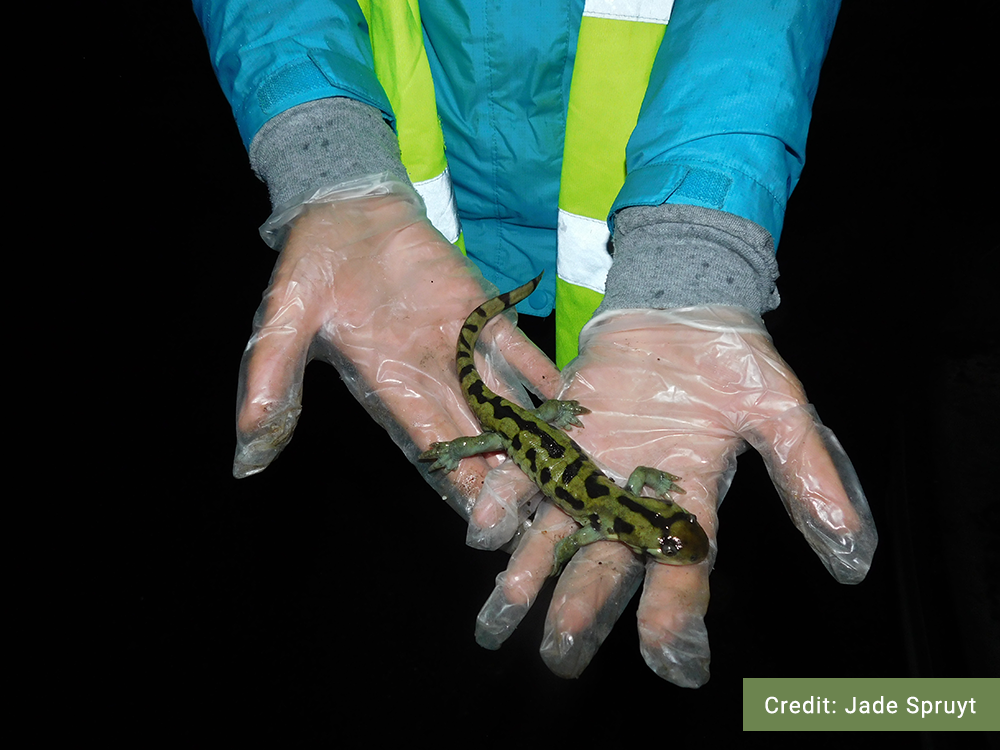
Long Term Monitoring
Long-term trend data is lacking for many amphibian and reptile species. Monitoring and census projects can provide valuable information for status assessments and protection.
Long-term monitoring requires more time, effort and resources than incidental observations. This type of data collection happens every year for specific locations and species to monitor amphibian and reptile populations – to find out if they’re increasing, decreasing or staying stable.
Data becomes useful the longer the monitoring takes place – a minimum of three to five years are needed before trends can begin to be observed. For some species it may take 10 years or more.
How can you keep reptiles and amphibians safe at home and work?
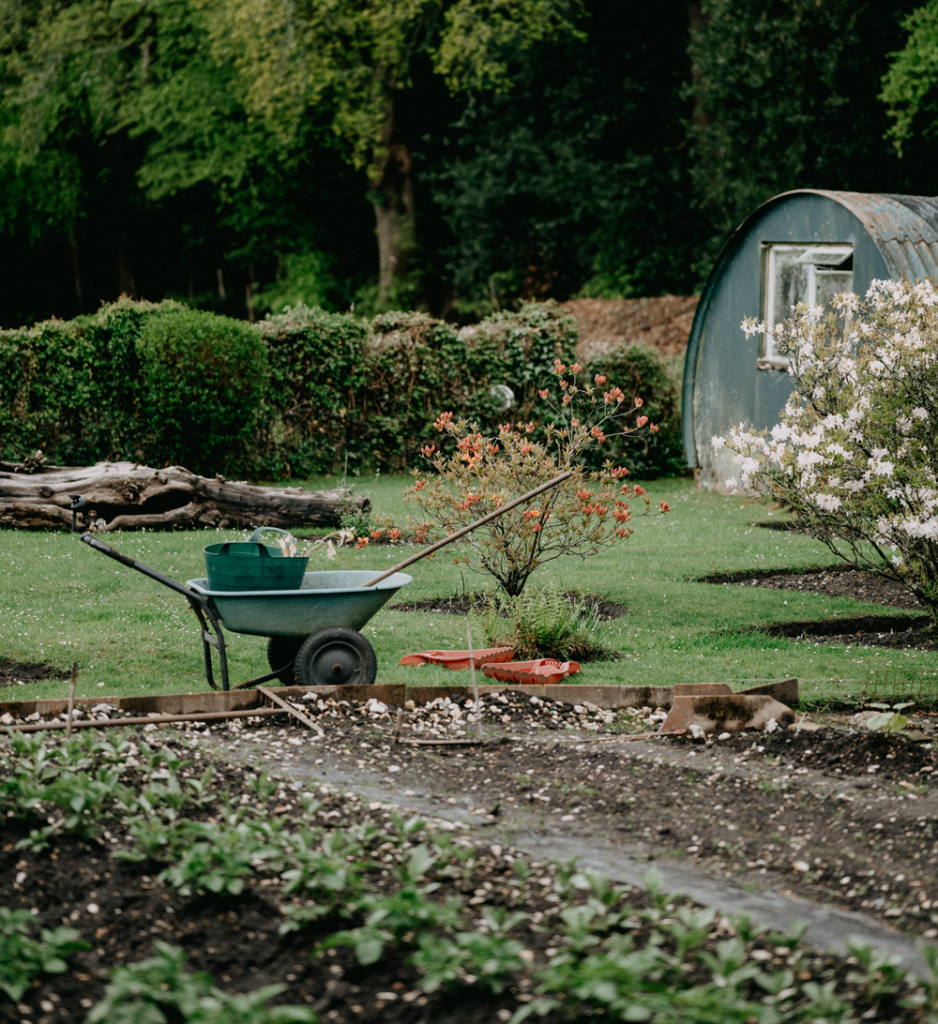
Home
- Avoid using pesticides and rodenticides on your property.
- Inspect areas before digging or doing any construction.
- If you live in an area with rattlesnakes watch your children and pets closely.
- Ensure your ponds have sufficient cover and escape objects such as logs, rocks, so that wildlife can enter and escape.
- Never move or relocate wildlife without consultation or proper training. Call the Conservation reporting line (1-877-952-7277) if your family is threatened by a rattlesnake.
- If you have encountered injured or trapped wildlife on your property, contact your local Wildlife Rehabilitation Centre.

Work
- Avoid using pesticides and rodenticides, these can be extremely harmful to amphibians and reptiles.
- Consult with local government and biologists before beginning construction to avoid sensitive areas and sweep for snakes to reduce chances of mortality.
- Drive carefully and slowly to and from work and on work grounds. Amphibians and reptiles can be hard to see on roads especially during dawn and dusk.
- Do not use flexible mesh (e.g. for erosion and pest control) between 6.5-50.0 cm and ensure it is stored up off the ground rolled up tightly. This will help wildlife avoid being tangled and injured.
- Provide yearly snake training to all staff to help with identification and avoid persecution of snakes at work sites.
- Avoid piling wood, rocks or anything that may attract amphibians and reptiles. If this cannot be avoided, be cautious around these structures and dismantle them carefully to avoid injury of wildlife.
Note: It is important to remember that some species have high fidelity to their preferred habitat and can be beneficial to your property. Thus, it is best to adapt to their presence than attempt to continuously move them. If you have permission to move wildlife, be sure to consult professionals on what is a reasonable distance to move them and place them in an area with suitable habitat. For example, if you are relocating a snake, be sure to move it no further than 300 meters from where you found it and place it next to a shrub, log or pile of rocks.
For further reading, visit our resources page here.
How to help amphibians & reptiles safely cross the road:

You may be wondering… why should I get involved in community science? Well, there are several benefits to you and your community!
- Builds stronger relationships between the public and scientists and increases engagement and knowledge of scientific research methods.
- Helps with conservation efforts where funding is limited or challenging to secure.
- Allows for research at a larger scale by involving many participants and in some cases, different parts of the country or the world.
- It taps into new perspectives and sources of information.
- Provides scientists with an understanding of current issues in society and in their local community.
- Allows for development of new scientific methods.

Here are a few other safety reminders for exploring outdoors:
- Try not to go alone – if you do, tell someone where you’re going and when you plan to return
- Watch children closely
- Don’t wade into ponds or marshes – you’ll scare animals, and you may slip and fall
- Leave dogs at home because they’ll frighten away any amphibians or reptiles – if you do bring one along, have it on a leash
- Have a first aid kit in the car and a change of clothes in case you get wet
- Watch for stinging insects – bring your sting kit along if you have an allergy
Before getting out in nature it is important to remember these guidelines:
- All wildlife in B.C. is protected under the BC Wildlife Act and it is illegal to capture, move, harm or kill them.
- Be respectful while exploring nature. Remember to never leave attractants such as food or wrappers in the field. Pack out what you pack in.
- Be mindful of where you are stepping and try to remain on trails as much as possible, you never know where wildlife may be hiding.
- Do not pick up or move wildlife to photograph, strive to take in-situ photographs instead, or alternatively use binoculars to observe wildlife from afar.
- Be careful! Sometimes we get caught up in an amazing moment in nature and we forget to look where we are going! Watch your step and always be aware of your surroundings.
- Be aware that you may be in bear or cougar country. Pack bear spray and ensure you know how to safely carry it, deploy it and stow it.
How to Report Incidental Observations
Incidental Observations are casual wildlife sightings that happen when you’re outside – hiking, camping, swimming, driving, etc.
Spotting a species in the “right place at the right time” can have a far-reaching effect. Knowing what species are present in different locations helps identify areas that are important (e.g. breeding sites, hibernation sites, migration routes, etc.), which also helps to improve conservation efforts. Incidental observations can also be helpful in determining the spread of invasive species across the province.
If you would like to report your Incidental Observation(s), there are a few things you can record:
- Your name – this is required for the Conservation Data Centre (responsible for mapping and accessing extinction risk of a species and ecosystem in BC) to use your observation.
- The species you observed - include photographs from different angles just in case your identification is incorrect! You can also send your photo to bcfrogwatch@victoria1.gov.bc.ca to get help with identification.
- List how many animals, eggs or egg masses you observed.
- Location – take GPS coordinates if you can, the compass app on iPhone/Android has latitude and longitude capabilities when your location is turned on. Alternatively take note of the approximate location (Trail name, street name) and determine the coordinates when you are home.
Submit your incidental observations to iNaturalist or Seek

If you have encountered alive or dead amphibians or reptiles on a road in Canada:
You can report your observations to the road monitoring project run by the Canadian Herpetological Society on iNaturalist.
Click below for more information.
If you have encountered an invasive species in B.C.:
Please report it using a free reporting app on your Android or iPhone/iPad. Alternatively, if you do not have a smartphone, you can report your observation using an online form. Click below for more information.
If you live in the Kootenay/Boundary region in southern BC and observe a bullfrog, please email kootenaybullfrog@gov.bc.ca


Additional Resources
Here are some resources to help you identify what you've found:
Record Your Sightings
Community science smartphone apps are becoming increasingly popular and can be an excellent way to contribute to science and learn more about your surroundings. Below is a list of some apps and websites that are particularly useful in reporting amphibian and reptile sightings and information.

iNaturalist is a free app that can be used to share observations of wildlife across the globe. It is used by naturalists, community scientists, students, educators, and scientists. iNaturalist can also be accessed via its website (For Canadian users).
- You must be 13+ to sign up for an iNaturalist account. For younger users, consider using the app Seek by iNaturalist, or alternatively opt for a hands-on approach using a field notebook and guidebooks.
- You can join projects on iNaturalist and contribute to ongoing research or provide observations where there is a need. An example of an important project on iNaturalist for amphibians and reptiles in Canada is the Canadian Herpetological Society page for amphibians and reptiles on roads. You can report observations here.
- Using iNaturalist you can encourage your community, class, naturalist group etc., to run a Bioblitz. A Bioblitz is an effort run by people in a community to record as many species as possible within a certain location and set time period. Bioblitz events can be incredibly helpful in informing future science and conservation and are a great way to get a community involved and engaged in science. They are also a lot of fun and can be a great way for people alike to meet and explore nature together! For further information on how to organize a bioblitz in your community, visit this link.

- E-Fauna is an electronic atlas of Wildlife in British Columbia (B.C.).
- You can contribute to E-Fauna by submitting photographs of animals, although at times they may only accept photos that they are lacking, such as certain species of insects.
- E-Fauna has great resources on wildlife such as information related to species of Reptiles and Amphibians that reside in B.C.

- This app is designed for the younger user or perhaps a less experienced user.
- Seek has image recognition technology which means you can simply point your phone at a plant or animal, and it will identify it for you.
- Keep in mind there are always limitations with these apps and misidentification can occur, so it is best to ask an expert if you are unsure what kind of species you are dealing with! Or refer to our species accounts.
- Seek is interchangeable with iNaturalist, so you can upload your observations from seek to your iNaturalist account.
- Seek can be a great way for families to go out and explore in nature together and get to know local species.
Download the app here

Long Term Monitoring
Long-term trend data is lacking for many amphibian and reptile species. Monitoring and census projects can provide valuable information for status assessments and protection.
Long-term monitoring requires more time, effort and resources than incidental observations. This type of data collection happens every year for specific locations and species to monitor amphibian and reptile populations – to find out if they’re increasing, decreasing or staying stable.
Data becomes useful the longer the monitoring takes place – a minimum of three to five years are needed before trends can begin to be observed. For some species it may take 10 years or more.
How can you keep reptiles and amphibians safe at home and work?

Home
- Avoid using pesticides and rodenticides on your property.
- Inspect areas before digging or doing any construction.
- If you live in an area with rattlesnakes watch your children and pets closely.
- Ensure your ponds have sufficient cover and escape objects such as logs, rocks, so that wildlife can enter and escape.
- Never move or relocate wildlife without consultation or proper training. Call the Conservation reporting line (1-877-952-7277) if your family is threatened by a rattlesnake.
- If you have encountered injured or trapped wildlife on your property, contact your local Wildlife Rehabilitation Centre.

Work
- Avoid using pesticides and rodenticides, these can be extremely harmful to amphibians and reptiles.
- Consult with local government and biologists before beginning construction to avoid sensitive areas and sweep for snakes to reduce chances of mortality.
- Drive carefully and slowly to and from work and on work grounds. Amphibians and reptiles can be hard to see on roads especially during dawn and dusk.
- Do not use flexible mesh (e.g. for erosion and pest control) between 6.5-50.0 cm and ensure it is stored up off the ground rolled up tightly. This will help wildlife avoid being tangled and injured.
- Provide yearly snake training to all staff to help with identification and avoid persecution of snakes at work sites.
- Avoid piling wood, rocks or anything that may attract amphibians and reptiles. If this cannot be avoided, be cautious around these structures and dismantle them carefully to avoid injury of wildlife.
Note: It is important to remember that some species have high fidelity to their preferred habitat and can be beneficial to your property. Thus, it is best to adapt to their presence than attempt to continuously move them. If you have permission to move wildlife, be sure to consult professionals on what is a reasonable distance to move them and place them in an area with suitable habitat. For example, if you are relocating a snake, be sure to move it no further than 300 meters from where you found it and place it next to a shrub, log or pile of rocks.
For further reading, visit our resources page here.
